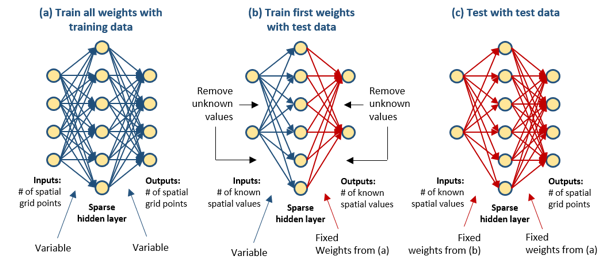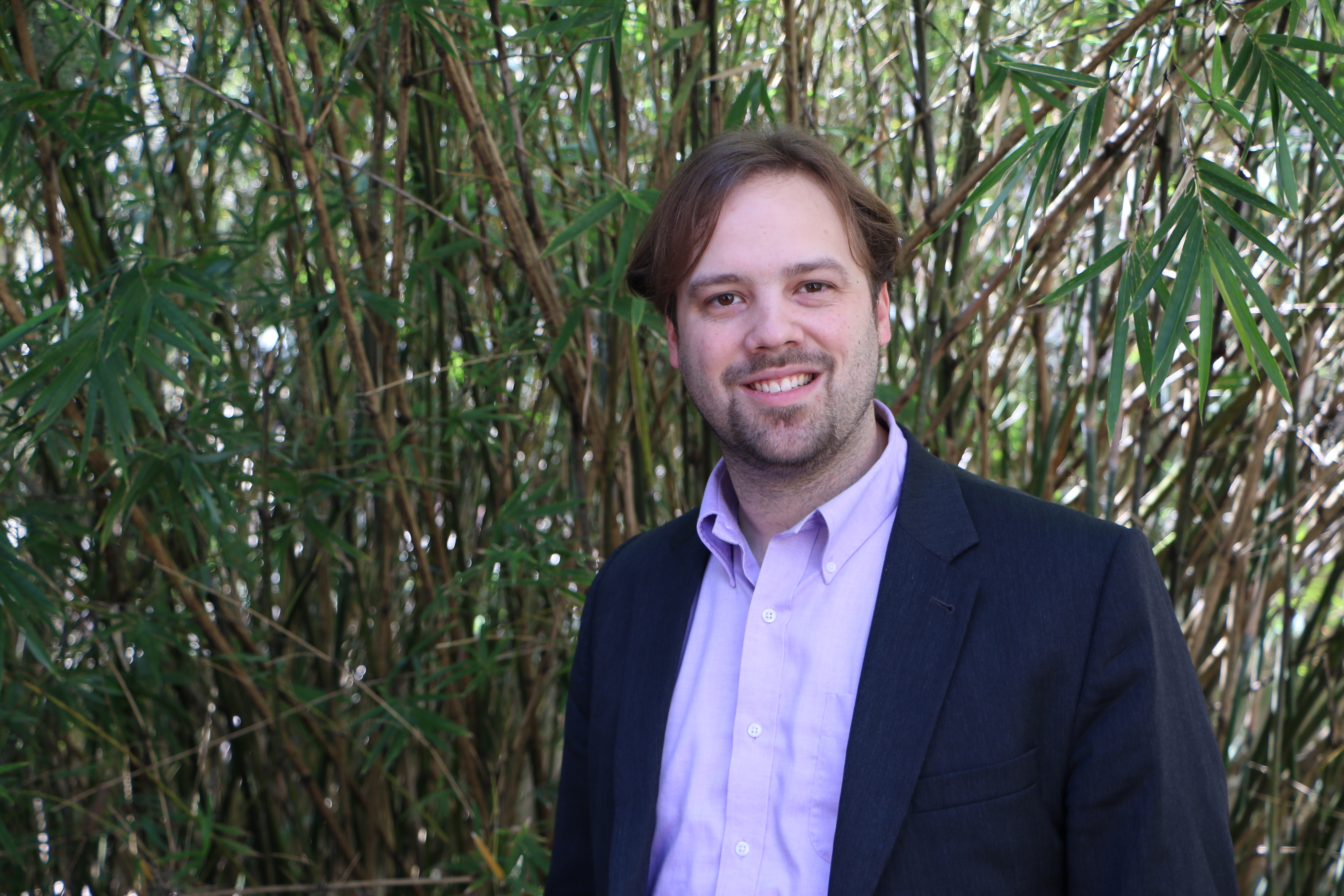 The University of Florida SmartDATA Lab and Principal Investigator Joel B. Harley have been awarded a National Science Foundation (NSF) EAGER Award for “Ultrasonic Reconstruction and Localization with Deep Helmholtz Networks.” The EAGER program (EArly-concept Grants for Exploratory Research) specifically supports exploratory work in its early stages on untested, but potentially transformative, research ideas or approaches. The two-year project is funded with a $273K award.
The University of Florida SmartDATA Lab and Principal Investigator Joel B. Harley have been awarded a National Science Foundation (NSF) EAGER Award for “Ultrasonic Reconstruction and Localization with Deep Helmholtz Networks.” The EAGER program (EArly-concept Grants for Exploratory Research) specifically supports exploratory work in its early stages on untested, but potentially transformative, research ideas or approaches. The two-year project is funded with a $273K award.
The project incorporates wave physics into an emerging computational framework for physical, engineered systems: deep neural networks. The work will address three common challenges of using neural networks (and machine learning algorithms generally) with engineered system:
- experimental data is scarce
- data diversity is high
- machine learning approaches offer few guaranteed when compared with physics-based techniques.
 The proposal also advances understanding of an emerging space that is driving many new applications: ultrasound. Ultrasound is wireless, is medically safe, is inherently secure, can be transmitted through conductive enclosures, and can utilize naturally small wavelengths (mm) for high-resolution imaging. As a result, ultrasound’s recent use for wearables, medical implants, secure/encrypted communication systems, and imaging is revolutionizing various engineering applications. The fundamentals of ultrasonic wave propagation are still intensely studied for characterization of many materials, including polymer matrix composites, concrete, human muscle, bone, and the brain. This proposal provides new machine learning solutions for some of these research inquiries.
The proposal also advances understanding of an emerging space that is driving many new applications: ultrasound. Ultrasound is wireless, is medically safe, is inherently secure, can be transmitted through conductive enclosures, and can utilize naturally small wavelengths (mm) for high-resolution imaging. As a result, ultrasound’s recent use for wearables, medical implants, secure/encrypted communication systems, and imaging is revolutionizing various engineering applications. The fundamentals of ultrasonic wave propagation are still intensely studied for characterization of many materials, including polymer matrix composites, concrete, human muscle, bone, and the brain. This proposal provides new machine learning solutions for some of these research inquiries.
The project also advances the theory of physics-based, or physics-driven, neural networks by focusing on wave physics-based neural networks, for which there is little research. Given that countless fields rely on physics-based models (e.g., medical imaging, animation, control, and many other fields) and many engineered systems utilize waves mechanics (e.g., structural health monitoring, communications, medical imaging, radar, etc.), this project will be valuable for understanding and applying machine learning to solve many problems in science and engineering.

